For those that work in the industrial sector, the idea that compressed air has become the 4th utility has by now become somewhat of an overused—almost cliched— phrase. That doesn’t make it any less true.
Compressed air is vital to day-to-day operations in many industrial settings and manufacturing plants. For many manufacturing plants, maintaining a supply of compressed air is essential to perform some of the most vital tasks.
For those not working in the industrial setting, this may not be obvious. So what is the role of air compressors in the world of manufacturing? Here’s a rundown.
What is an Air Compressor and How Does It Work?
Most people have encountered an air compressor when their vehicle tires run a little flat. Most gas stations might have these compartmentalized machines off to the side. You throw a couple of quarters in (some are far more sophisticated now) and you inflate your tires using the nozzle. That pressurized air is needed to ensure the proper PSI of your tires.
An industrial air compressor is one with over 1000 psi and 200 hp (horsepower). In other words, they pack a lot more pressure and power to deliver higher doses of compressed air. There are different types of industrial compressors that are used in different industries.
Air Compressors and Their Role in Production Efficiency
Industrial air compressors improve the efficiency of many tasks. The technology used today in compressed air combined with the precision of automated systems makes for a highly efficient process in industries that need to move through production quickly without any mistakes. The use of air compressors has reduced the need for human labor, maximizes efficiency, reduced human error, and improves safety.
In industrial settings, it is common to find dual-stage air compressors. These types of compressors can compress air in two separate stages and are useful in powering air tools. The dual-stage refers to the number of times the air is compressed as it flows from one component (inlet valve) to the other component (tool nozzle). In order to achieve this action, these compressors need to have specified cylinders and the ability to cool the air to facilitate further compression.
How is PSI Measured?
PSI measures the force per unit area and, in this case, the area is a square inch. This translates to the pressure that results from a force of one pound when applied to the area of one square inch. It is known by many as the way to gauge the required pressure on their tires.
This measurement is conceptualized as relative to the atmospheric or ambient air pressure. This draws a distinction from the absolute pressure measurement.
What are the Uses of Compressors in Manufacturing Applications?
The manufacturing industry will have several essential tasks completed with the use of compressed air. Manufacturing plants will often use compressed air as readily as they use water and/or electricity. Most manufacturing processes will be powered through the use of pneumatic tools and use a combination of stamping, injection, cleaning, etc.
In terms of general manufacturing, you’ll see these compressors used for:
- Stamping
- Clamping
- Power tools
- Tool cleaning
- Controls and actuators
In the manufacturing of furniture or other similar goods, you’ll see air compressors used for:
- Air piston power
- Power tools
- Spraying
- Clamping
- actuators/controls
In the manufacturing of materials like plastics and silicone:
- Clamping
- The use of power tools
- Injection molding
- Pressing power
What Other Industries Use Air Compressors?
Air compressors are used across a wide range of industries and settings. The compressors used will vary in power, requirements, and demand. You’ll most likely see air compressors in some capacity or other in these industries:
The Automotive Industry
As mentioned above, most people know air compressors as the way they inflate their tires, but the automotive industry truly does depend on compressors to accomplish a lot of work. Compressed air is used when assembling vehicles, powering necessary tools, and when painting the vehicle.
Railroad Industry
Most of us don’t spend a lot of time thinking about trains, but they are still a very necessary part of transporting goods across the nation. The air compressors used in the railroad industry need to be specifically equipped to deal with dusty and unfavorable conditions. The suspension, brakes, and even the doors of the train require air-compressed components.
Food Industry
The use of mechanized and automated applications has improved the production line of food products. Compressed air is a big part of moving those items quickly and is used through the assembly line system, assists with product packaging, and cools products down.
Wyler Industrial Services and Repairs Air Compressor
And just like any other essential component of a manufacturing plant, factory, or industrial plant, the air compressors should be serviced and kept in good conditions to ensure safety and efficiency. A faulty air compressor causes a myriad of problems.
Wyler Industrial has years of experience working with various industries in servicing and repairing air compressors. Call us today and learn more about our services.

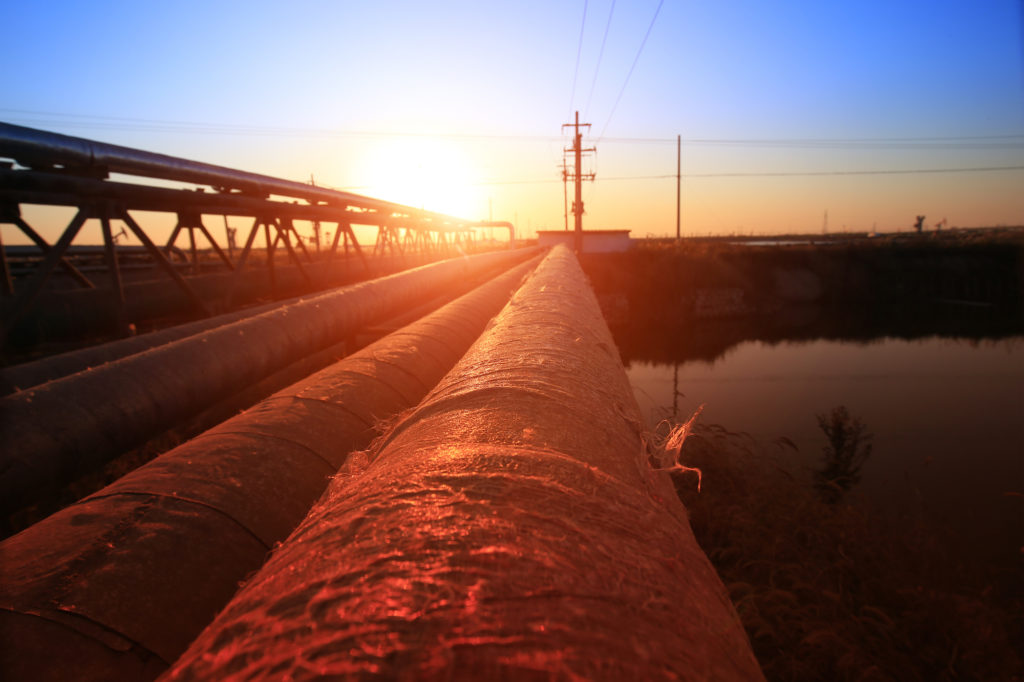
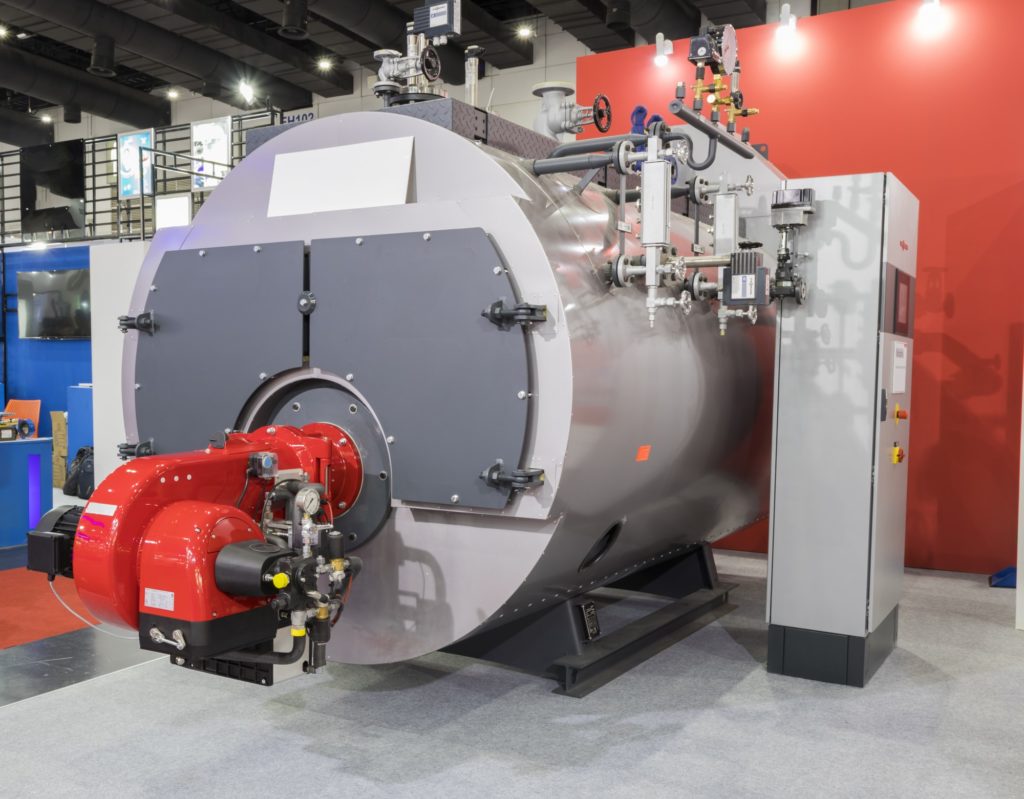
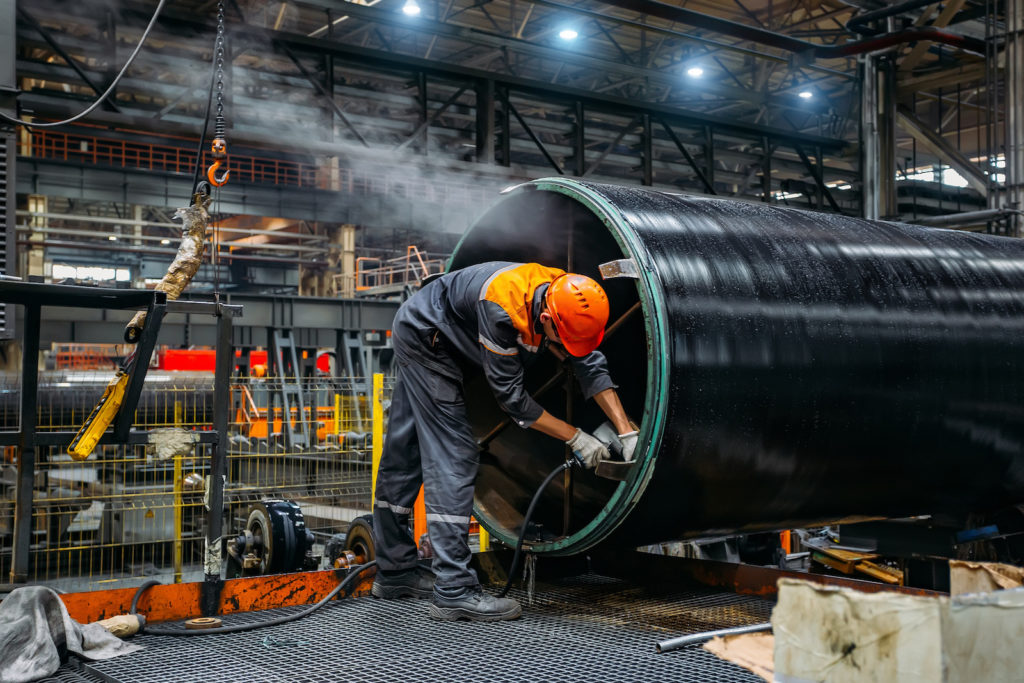
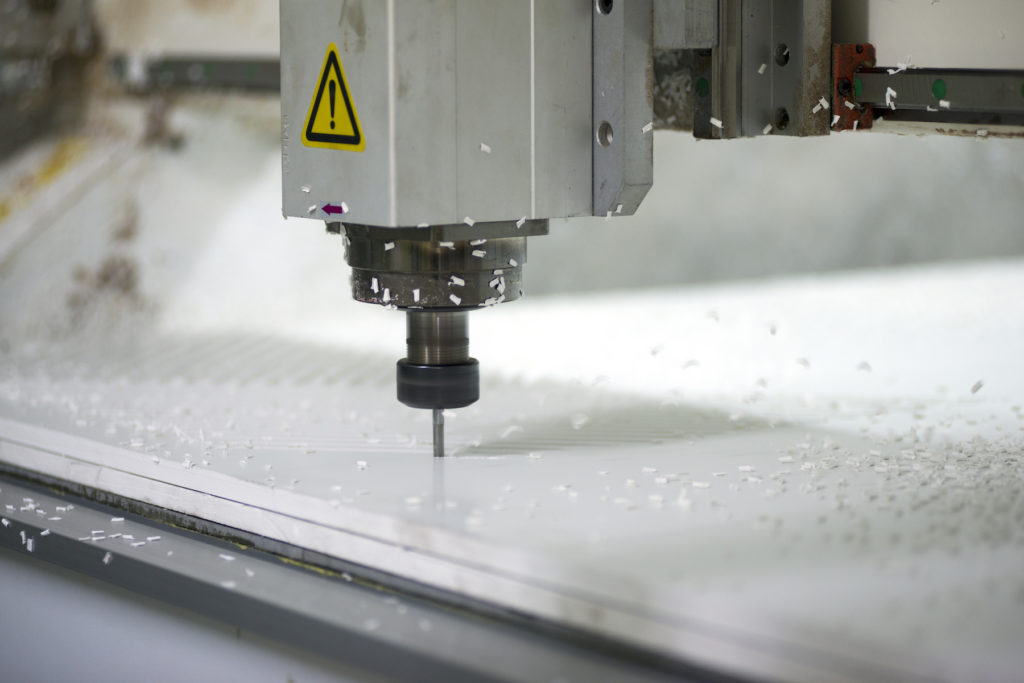
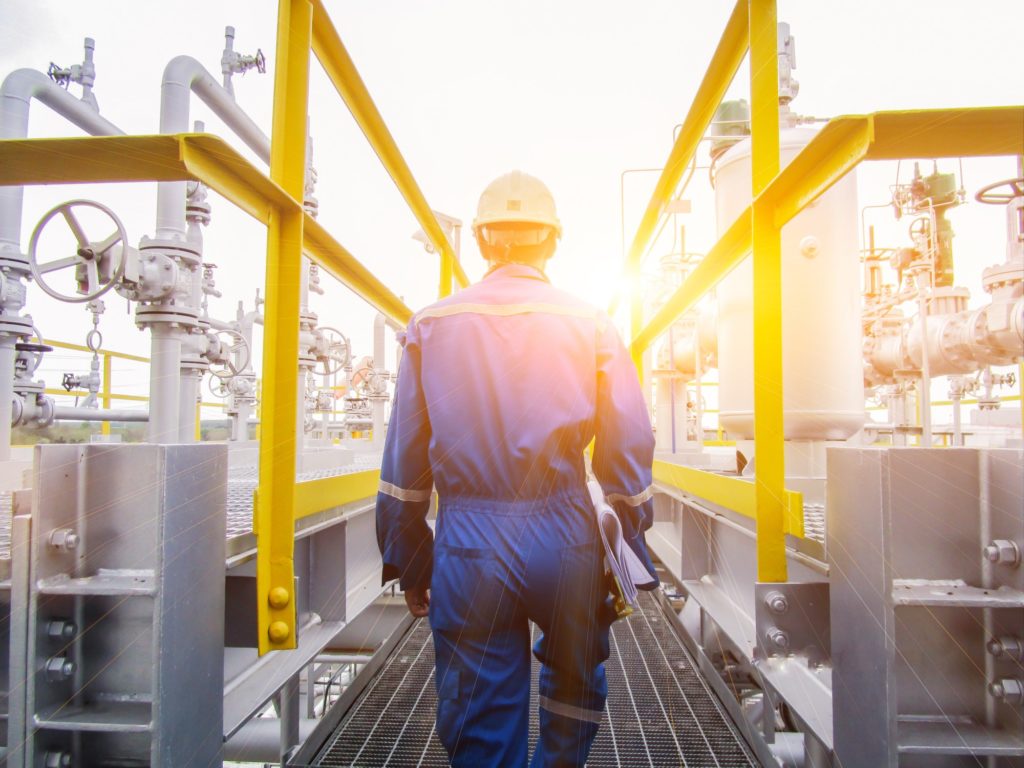
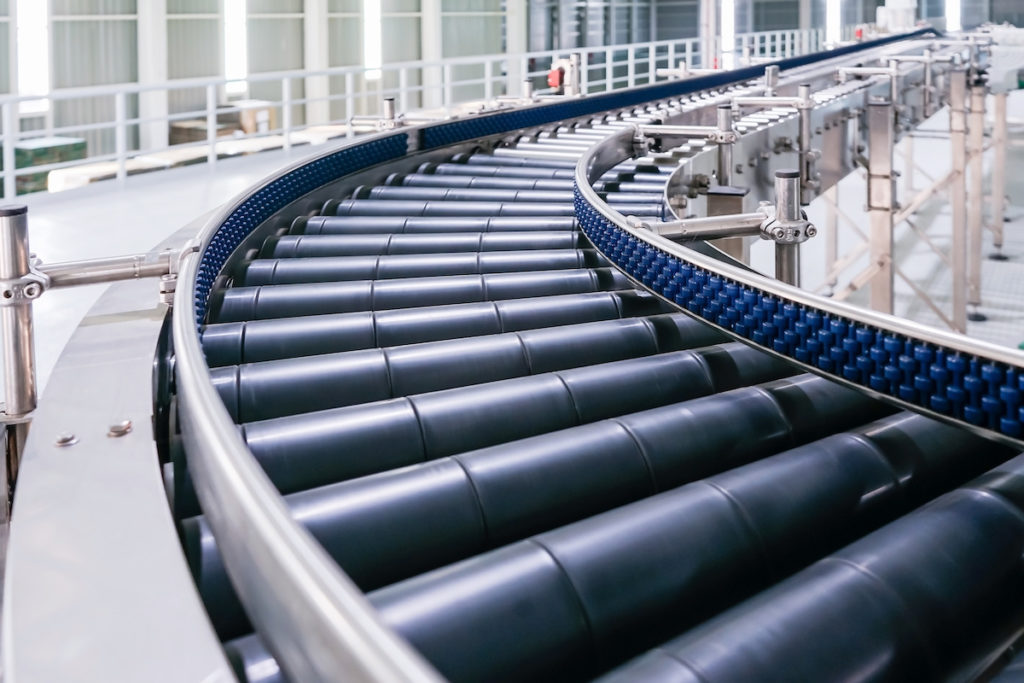 The conveyor gets a bad rap. Popular culture has given a negative connotation to the conveyor belt and used it as a symbol of work automation and all the negative aspects of the Industrial Revolution. In reality, the conveyor belt has done a lot for important industries that we depend on every day. The production and assembly of important computers, automobiles, and more make use of the industrial-grade conveyor. The conveyor helps to decrease workload, improve efficiency, and carry heavy materials. This invention has actually come a long way and is used across many industries and industrial settings. As industrial technology and innovation improve, so does the technology for use in our factories, production lines, and industrial plants, and more. We thought we’d tour the history of the conveyor and the conveyor belt as an important part of our industrial services.
The conveyor gets a bad rap. Popular culture has given a negative connotation to the conveyor belt and used it as a symbol of work automation and all the negative aspects of the Industrial Revolution. In reality, the conveyor belt has done a lot for important industries that we depend on every day. The production and assembly of important computers, automobiles, and more make use of the industrial-grade conveyor. The conveyor helps to decrease workload, improve efficiency, and carry heavy materials. This invention has actually come a long way and is used across many industries and industrial settings. As industrial technology and innovation improve, so does the technology for use in our factories, production lines, and industrial plants, and more. We thought we’d tour the history of the conveyor and the conveyor belt as an important part of our industrial services. 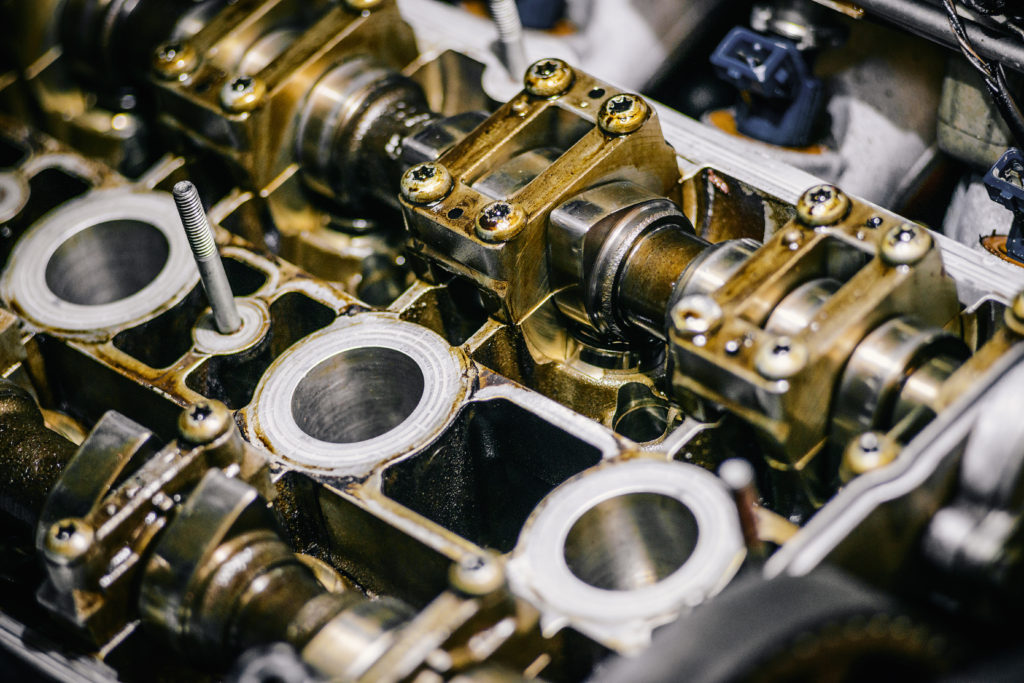 Oh where would we be without combustion? Well, life would surely have progressed differently. If you own a car that runs on gas or diesel, then the combustion engine has become part of your life. The engine is the heart of the vehicle, as it is what pumps the necessary fuel through the engine to get it up and going. Because it is now so ubiquitous, most people don’t think about the internal combustion engine even though it likely is responsible for their daily commute. And while most people know that the engine is vital, we might not understand just why this engine is the best type. This type of engine was really the beginning of a lot of key manufacturing processes, so we thought why not pay tribute to it. That’s because today many of our industrial boilers use this technological concept to produce steam or hot water for space heating or process heating.
Oh where would we be without combustion? Well, life would surely have progressed differently. If you own a car that runs on gas or diesel, then the combustion engine has become part of your life. The engine is the heart of the vehicle, as it is what pumps the necessary fuel through the engine to get it up and going. Because it is now so ubiquitous, most people don’t think about the internal combustion engine even though it likely is responsible for their daily commute. And while most people know that the engine is vital, we might not understand just why this engine is the best type. This type of engine was really the beginning of a lot of key manufacturing processes, so we thought why not pay tribute to it. That’s because today many of our industrial boilers use this technological concept to produce steam or hot water for space heating or process heating. 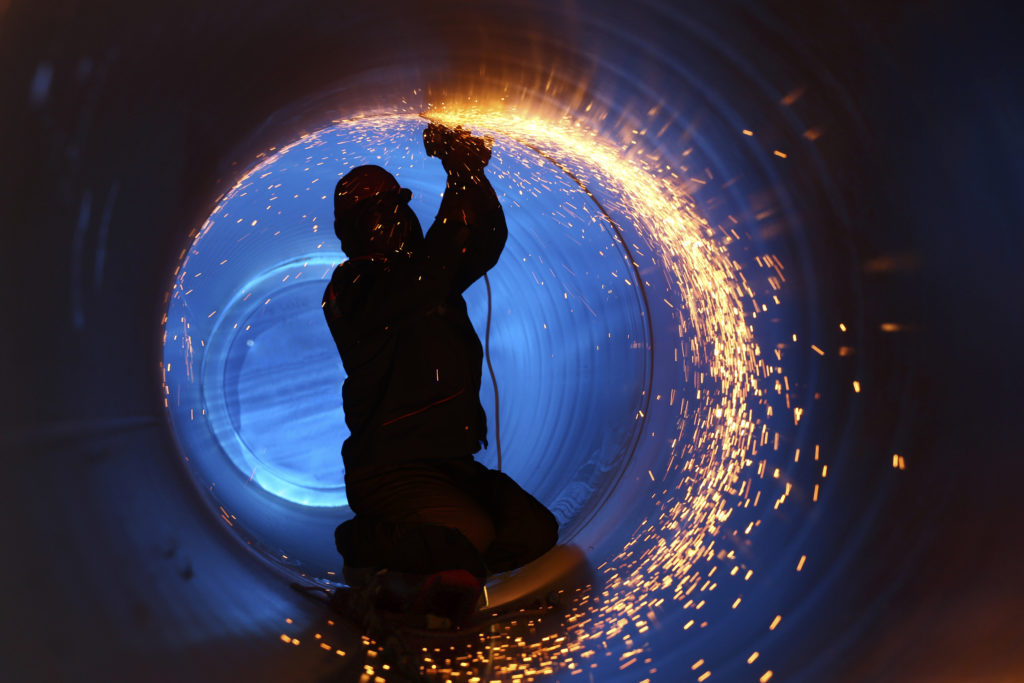 Working with metal is a craft in its own right. Oh, all the things metal will build! Since the dawn of time man has used the elements at his disposal to construct the world around him. And who would have thought, one hundred years ago, how metal would impact our lives on a daily basis. The history of welding goes back to the early 20th century and is today an effective method of fusing metal. One can trace the origins of the practice way back to the Bronze Age but the advancements and proficiency with which it is used today are entirely different. Here at Wyler Industrial, we offer welding services and know the importance of a job well done. An entire structure or infrastructure can depend on welding and this is a big responsibility we take very seriously.
Working with metal is a craft in its own right. Oh, all the things metal will build! Since the dawn of time man has used the elements at his disposal to construct the world around him. And who would have thought, one hundred years ago, how metal would impact our lives on a daily basis. The history of welding goes back to the early 20th century and is today an effective method of fusing metal. One can trace the origins of the practice way back to the Bronze Age but the advancements and proficiency with which it is used today are entirely different. Here at Wyler Industrial, we offer welding services and know the importance of a job well done. An entire structure or infrastructure can depend on welding and this is a big responsibility we take very seriously. 